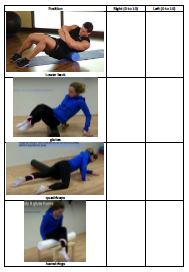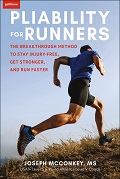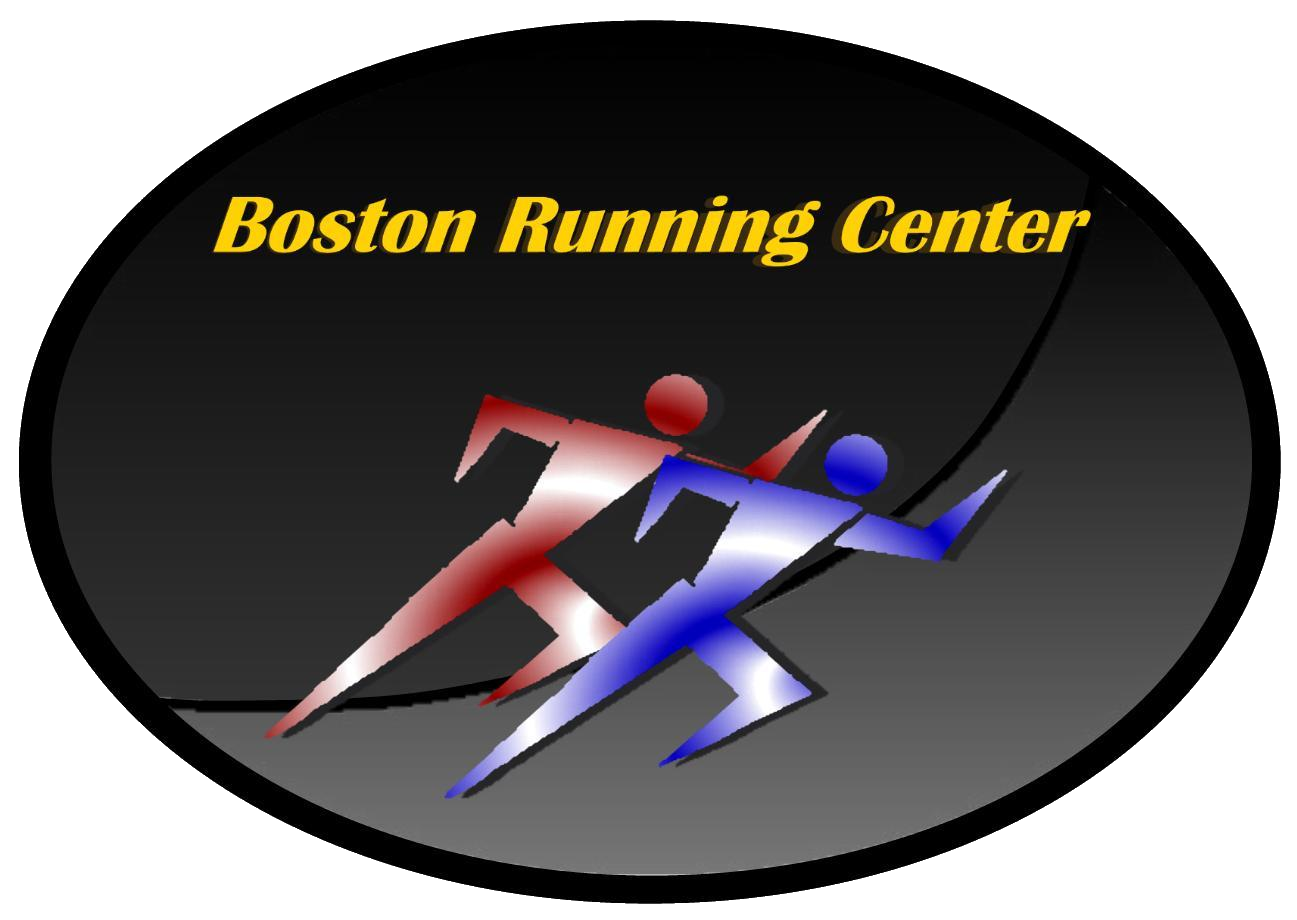Gait Analysis Pre-requisite
Many injuries and ineffeciencies in running bio-mechanics come from postural imbalances, where one leg is moving, absorbing forces, and propelling forces differently than the other. Though gait-retraining is a possible corrective action, we prefer runners to first work on balancing out the tension levels in the key major-movers of the hips - namely the lower back, glutes, hamstrings and quadriceps. If these areas are balanced and the mechanics are still off, and/or the symptoms still remain, we can now more safely move into gait-retraining. Given this, it is highly recommended runners come to the gait analysis having already spent time on the foamroll and with self-massage, focusing on the tighter sides.
Before you come in:
On a foamroll, while focusing on one leg at a time, track your sensitivity/tension levels on a chart. Do one side, one leg at a time using a high density foamroll on a hardwood floor. Use a number system 0-10 with 0 being no tension, no discomfort, and 10 being something too intense for you to handle more than 2-3 seconds.
initial foamroll positions and chart:

(click to enlarge and print)
Now that you have a sense of your imbalanced tensions, it is time to spend time working on the tighter/more restrictive sides. Note, most asymmetrical soft-tissue restrictions in runners derive from postural shifts in the hips. This means some tensions are protective and are a result of another area being tight or out of balance. With this in mind it is key to address all of the imbalances at the same time, with perhaps more emphasis on the glutes, lower back, upper back and hip flexors prior to the hamstrings, quadriceps and lower legs.
Look to spend 10-20 minutes each day foamrolling the more tense sides, keeping in mind the following tips:
1. Only apply enough pressure so there is only a 3-4 out of 10 discomfort. This may mean you need to soften the surface with a blanket, or do this on a matt or carpet.
2. When pressure is being applied to the tense area, move very slowly in a manner that feels is most productive. This may mean you move by:
a. Rotating clockwise and counter-clockwise on the roll
b. Glide right and left, parallel to the roll
c. Spin slowly out then in while staying on the same spot of the foamroll
d. Roll down and up (so the roll actually rolls)
3. After 5-10 seconds of this movement, release the pressure by lifting off the roll for 3-5 seconds, then repeat step 2. Change the movement, or place you are working on, if improvement is being made.
4. Repeat steps 2 and 3 for 10 cycles: ‘on’ with movement for 5-10 seconds, ‘off’ for 3-5 seconds, repeat.
Continue keeping score each day until the numbers in the chart are equal, or very close to equal.
For more complete instruction on how to improve your pliability BRC's Pliability for Runners is available on Amazon.

Here are some common positions and additional tips:
